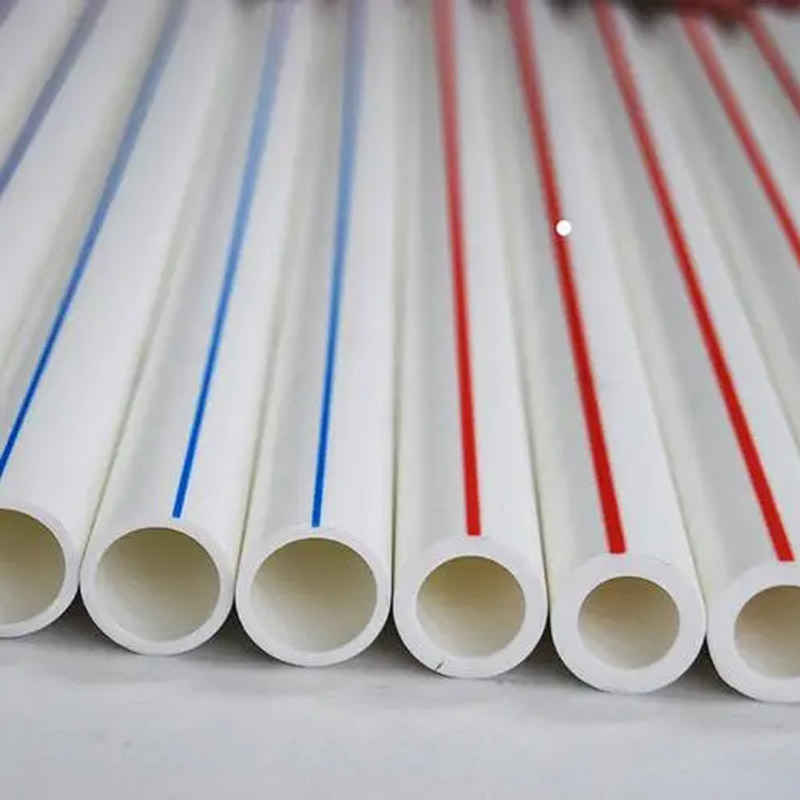Dec . 28, 2024 13:20 Back to list
ppr pipe vs pvc pipe products
PPR Pipe vs PVC Pipe A Comprehensive Comparison
When it comes to plumbing and piping systems, two commonly used materials are PPR (Polypropylene Random Copolymer) and PVC (Polyvinyl Chloride). Each of these materials has its own set of advantages and limitations, making them suitable for different applications. This article aims to provide a detailed comparison between PPR and PVC pipes, helping you choose the right option for your needs.
Composition and Properties
PPR pipes are made from polypropylene, which provides excellent resistance to impact, heat, and chemicals. They are typically used in hot and cold water supply systems, as well as in heating systems. PPR is known for its ability to maintain its integrity under high temperatures, making it a preferred choice in environments where thermal reliability is crucial.
In contrast, PVC pipes are produced from polyvinyl chloride, a more rigid material known for its versatility and cost-effectiveness. PVC pipes are commonly used for drainage, sewage, and irrigation systems. While they have excellent resistance to corrosion and chemicals, they are not ideal for high-temperature applications—becoming brittle over time when exposed to heat.
Installation and Maintenance
One of the significant advantages of PPR pipes is their ease of installation. They are typically joined using heat fusion, which creates a seamless and leak-proof connection. This method minimizes the risk of leaks and enhances the stability of the entire piping system. Additionally, PPR pipes are lightweight, making them easier to handle during installation.
PVC pipes, on the other hand, are usually joined using solvent cement or threaded connections, which can be less efficient and may require additional fittings. While PVC installation is generally straightforward, the potential for leaks at the joints can be a concern. Maintenance-wise, both PPR and PVC pipes are relatively low-maintenance; however, the longer lifespan of PPR pipes often leads to lower long-term costs.
ppr pipe vs pvc pipe products

Cost Considerations
Cost is always a critical factor in choosing piping materials. PVC pipes tend to be more affordable upfront, making them a popular choice for budget-conscious projects. However, when considering the long-term cost, PPR pipes may offer better value due to their durability and lower maintenance requirements. Over time, the initial savings with PVC may be offset by the need for repairs and replacements, particularly in high-stress applications.
Environmental Impact
In the context of environmental sustainability, PPR pipes hold an advantage. They are 100% recyclable, which reduces waste and promotes ecological responsibility. Conversely, PVC production involves the use of chlorine and other harmful chemicals, raising concerns about its environmental footprint.
Conclusion
Both PPR and PVC pipes have unique properties that make them suitable for various applications. PPR pipes are ideal for high-temperature and high-pressure systems, while PVC pipes are excellent for drainage and irrigation. When deciding between the two, consider the specific requirements of your project, including temperature, pressure, budget, and environmental impact.
In conclusion, while PVC pipes might win in terms of initial cost, PPR pipes often prove to be the better long-term investment. Understanding the distinctions between these two piping materials will enable you to make an informed decision, ensuring that your plumbing and piping systems are efficient, durable, and environmentally friendly. So whether you’re a homeowner planning a renovation or a contractor managing a large project, weighing the pros and cons of PPR and PVC pipes is essential for achieving optimal results.
-
High-Quality PVC Borehole Pipes Durable & Versatile Pipe Solutions
NewsJul.08,2025
-
High-Quality PVC Perforated Pipes for Efficient Drainage Leading Manufacturers & Factories
NewsJul.08,2025
-
High-Quality PVC Borehole Pipes Durable Pipe Solutions by Leading Manufacturer
NewsJul.08,2025
-
High-Quality PVC Borehole Pipes Reliable PVC Pipe Manufacturer Solutions
NewsJul.07,2025
-
High-Quality UPVC Drain Pipes Durable HDPE & Drain Pipe Solutions
NewsJul.07,2025
-
High-Quality Conduit Pipes & HDPE Conduit Fittings Manufacturer Reliable Factory Supply
NewsJul.06,2025

